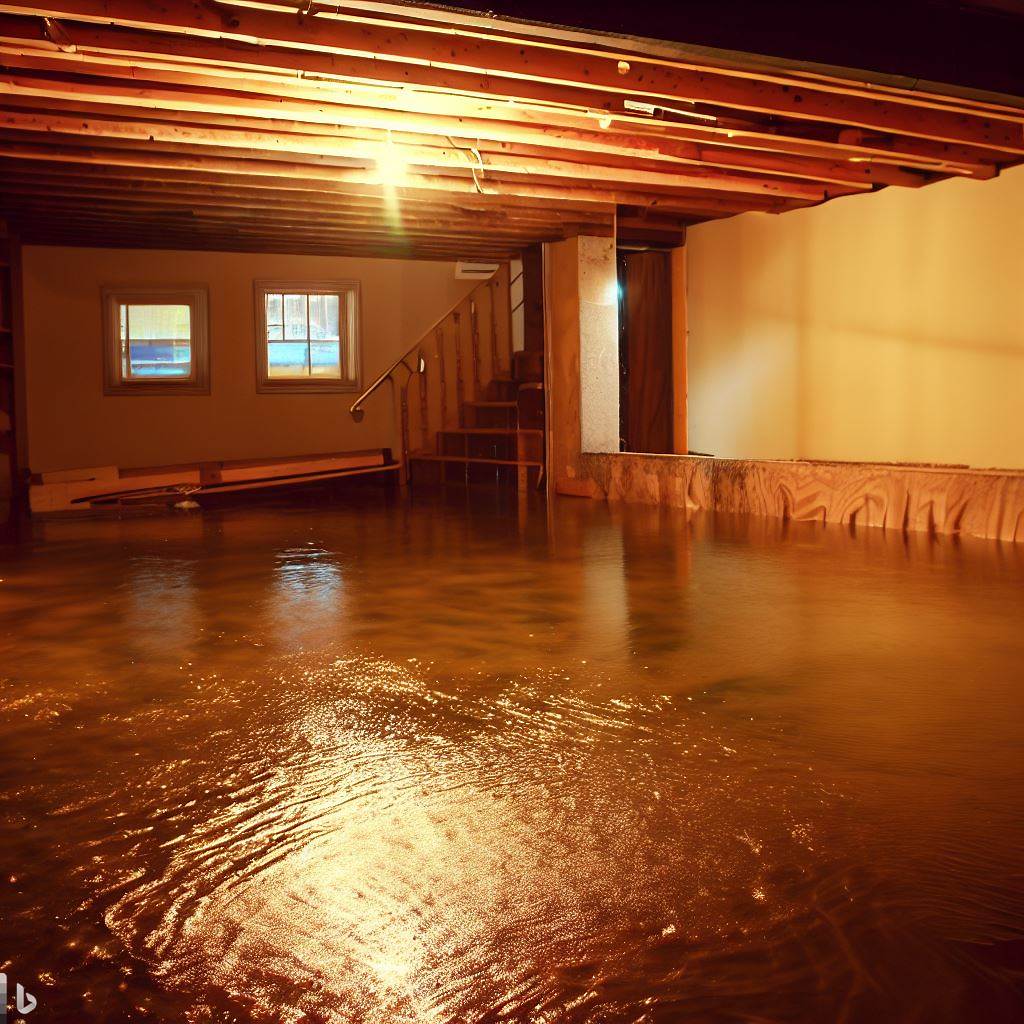A flooded basement can be a homeowner’s nightmare, causing damage to belongings and structural issues. When faced with this distressing situation, taking immediate action is crucial to minimize the damage and protect your property. In this guide, we’ll discuss the quick steps to take if your basement starts to flood, helping you tackle the situation effectively.
Ensure Your Safety First:
Safety is paramount. Before taking any action, ensure you and your family are safe. If the flooding is severe or involves electrical hazards, exit the basement immediately and contact your local authorities.
Turn Off Power Sources:
If it’s safe to do so, switch off the main power supply to the basement to prevent electrical accidents. Water and electricity do not mix well and can pose a significant risk.
Identify the Source of the Flooding:
Understanding the cause of the flood is essential to implement appropriate solutions. Whether it’s heavy rainfall, a burst pipe, or sewer backup, identifying the source will guide your next steps.
Call for Professional Help:
If the flooding is extensive or caused by a burst pipe, sewer backup, or other significant issues, it’s essential to call a professional plumber or water damage restoration company. They can address the root cause and begin the cleanup process swiftly.
Start Pumping or Extracting Water:
Use a sump pump, wet vacuum, or water extraction tools to remove standing water from your basement. The sooner you start this process, the less damage your belongings and structure will suffer.
Remove Belongings and Salvageable Items:
If possible, move your valuable belongings, electronics, furniture, and other salvageable items to a safe, dry area. Prompt action can help minimize the damage and increase the chances of salvaging your possessions.
Dispose of Damaged Items:
Items that have been extensively damaged and are beyond repair should be discarded. This includes wet carpets, furniture, and any other items that can harbor mold and bacteria.
Dry and Ventilate the Area:
Use fans, dehumidifiers, and open windows to facilitate the drying process. Proper ventilation will help prevent the growth of mold and mildew, which can pose health risks.
Disinfect and Clean:
After removing the water and drying the area, thoroughly clean and disinfect all affected surfaces to eliminate any potential bacteria or pathogens that the floodwater may have carried.
Inspect for Structural Damage:
Once the basement is dry and safe, inspect for any structural damage to walls, floors, or foundation. Addressing these issues promptly is crucial to prevent further problems.
Conclusion:
A flooded basement can be a daunting situation, but taking quick and appropriate actions can make a significant difference in mitigating the damage. Prioritize safety, remove water, salvage belongings, and seek professional help when needed. By acting swiftly and efficiently, you can restore your basement and minimize the impact of the flood on your home.

